HVAC technology has evolved from ancient heating and cooling methods to modern smart systems focused on efficiency and automation. Key milestones include Willis Carrier’s 1902 air conditioner, programmable thermostats, and AI-driven climate control for improved comfort and sustainability.
Today’s heating and cooling systems are designed for efficiency, sustainability, and convenience, incorporating smart features that allow homeowners to control their indoor climate with just a tap on their smartphones.
Understanding the history of HVAC technology helps us appreciate the innovations that have shaped the way we live. From early Roman hypocausts to AI-driven climate control, let’s explore how heating, ventilation, and air conditioning have evolved over time.
Ancient HVAC Systems and Early Innovations
Long before modern air conditioning, ancient civilizations developed creative ways to regulate indoor temperatures. Some of the earliest forms of HVAC technology date back thousands of years.
- Ancient Rome: The Romans used hypocausts, an early radiant heating system that circulated hot air beneath floors to warm homes and bathhouses.
- Ancient China: Engineers invented manually powered rotary fans during the Han Dynasty to cool indoor spaces.
- Ancient Egypt: Egyptians hung wet reeds in windows to cool the incoming breeze, an early form of evaporative cooling.
- Greek and Middle Eastern Innovations: Windcatchers, tall structures that directed airflow into buildings, were widely used for passive cooling.
These early systems laid the foundation for more advanced heating and cooling methods developed centuries later.
The Industrial Revolution and the Birth of Modern HVAC
The Industrial Revolution in the 18th and 19th centuries brought significant advancements in heating and ventilation. Innovations in materials and engineering led to more efficient ways to heat and cool buildings.
- 1742: Benjamin Franklin invented the Franklin Stove, which radiated heat more efficiently than traditional fireplaces.
- 1748: William Cullen demonstrated artificial refrigeration, setting the stage for modern air conditioning.
- 1805: Oliver Evans designed a vapor-compression refrigeration machine, though it wasn’t widely adopted at the time.
- 1834: Jacob Perkins developed the first closed-cycle refrigeration system, which allowed for continuous cooling.
- 1840s: Dr. John Gorrie, a Florida physician, created the first powered ice-making machine to cool hospital rooms for fever patients.
By the late 1800s, cast iron radiators became a common heating solution, using steam or hot water to warm homes and buildings.
The Rise of Modern Air Conditioning
The early 20th century saw some of the most groundbreaking developments in HVAC history. This period marked the invention of modern air conditioning, which would change the way people lived and worked.
- 1902: Willis Carrier invented the first air conditioning system to control humidity at a printing plant in Brooklyn, New York.
- 1904: The St. Louis World’s Fair introduced large-scale air conditioning, cooling rooms in the Missouri State Building.
- 1906: Stuart Cramer coined the term “air conditioning” while designing a humidity-control system for textile mills.
- 1914: Carrier patented the first industrial air conditioning system, leading to widespread adoption in factories and workplaces.
- 1925: Paramount Pictures installed air conditioning in movie theaters, making cool indoor air a selling point for audiences.
By the 1950s, air conditioning became common in American homes. What was once a luxury became a necessity, driving demand for home HVAC systems.
The Expansion of Residential and Commercial HVAC
During the mid-to-late 20th century, HVAC technology became more accessible and efficient. Several key developments shaped the industry:
- 1950s: Central air conditioning became more affordable, leading to widespread adoption in homes.
- 1956: Carrier installed central air systems in 700 upscale homes, helping central HVAC become mainstream.
- 1970s: The first programmable thermostats allowed users to set temperature schedules, improving energy efficiency.
- 1980s: Ductless mini-split systems emerged, providing a flexible heating and cooling solution without requiring ductwork.
By the 1990s, HVAC technology advanced even further with the rise of the internet. Homeowners could now access online calculators to determine the right HVAC system size for their homes.
Energy Efficiency and the Digital Revolution
The 2000s and 2010s saw a major shift toward energy efficiency and smart technology. As climate concerns grew, manufacturers focused on designing systems that consumed less energy while maintaining optimal comfort.
- 2000s: The introduction of geothermal heat pumps provided an eco-friendly alternative for heating and cooling.
- 2010s: Smart thermostats, such as the Nest and Ecobee, allowed homeowners to remotely control HVAC settings via smartphone apps.
- Recent Innovations: AI-driven systems now use predictive maintenance to detect and prevent potential issues before they escalate.
Newer HVAC units focus on variable refrigerant flow (VRF), thermal energy storage, and hybrid heating solutions to improve efficiency and sustainability.
The Future of HVAC Technology
HVAC innovation isn’t slowing down. Researchers and engineers are continuously developing smarter, greener, and more adaptive systems. Some emerging trends include:
- AI-Powered Climate Control: HVAC systems will use machine learning to adjust temperatures based on real-time data.
- Advanced Air Purification: High-tech filters and UV-C light integration will improve indoor air quality.
- Modular HVAC Systems: Scalable solutions will allow businesses and homes to expand or reduce HVAC capacity as needed.
- Augmented Reality Maintenance: Technicians may soon use AR technology to diagnose and repair HVAC systems more efficiently.
As technology continues to evolve, HVAC systems will become more intelligent, energy-efficient, and environmentally friendly.
Final Thoughts
The evolution of HVAC technology has transformed the way we live, work, and experience indoor comfort. From ancient heating techniques to AI-driven smart systems, HVAC innovations have consistently improved energy efficiency, convenience, and air quality.
A well-maintained HVAC system is crucial for long-term performance and energy savings. Genz HVAC offers expert HVAC services to ensure your system runs efficiently year-round. Whether you’re considering an upgrade or need routine maintenance, professional support can keep your home comfortable for years to come.










